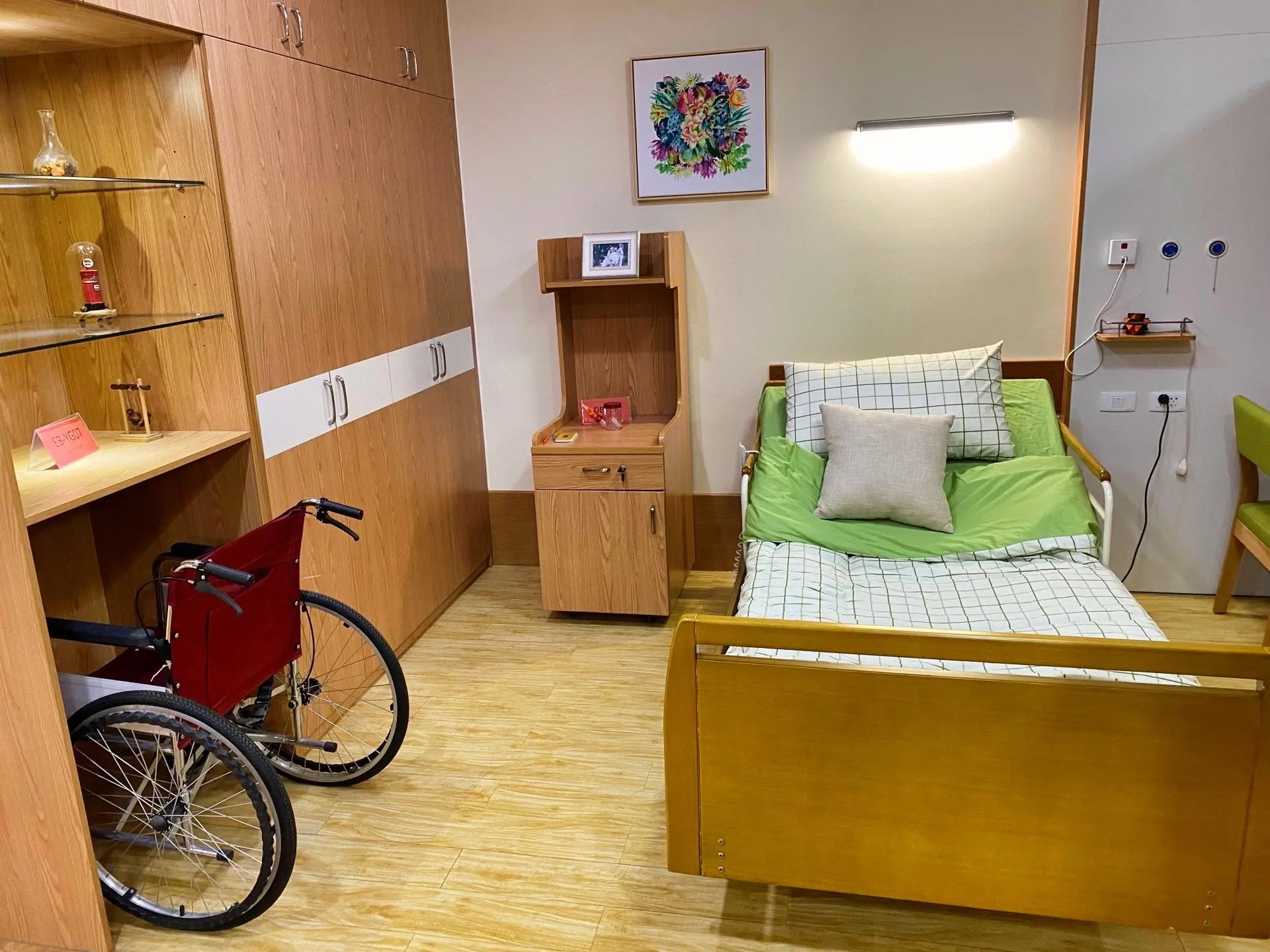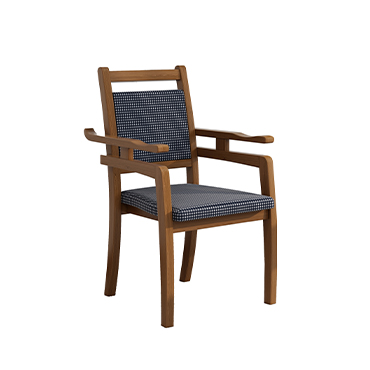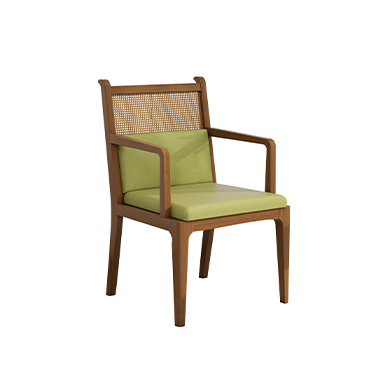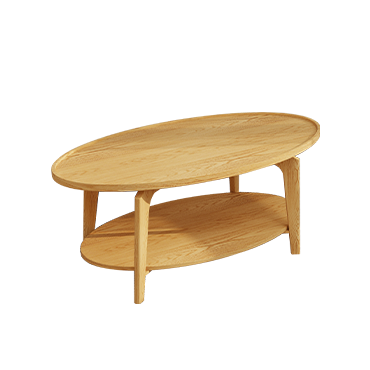8 Simple Home Upgrades to Make Aging in Place Safer and More Comfortable
You don’t always need major renovations, a large budget, or a complete lifestyle change to continue living safely at home as you age.
However, many people are unsure where to start with smaller, impactful upgrades. Aging-in-place specialists recommend first assessing your environment. Identify which projects you can do yourself and which are best handled by professionals to create a safe, functional home.
Certified aging-in-place designers suggest the following ideas:
1.Replace Doorknobs and Hardware
Many older homes have round doorknobs, which can be difficult for people with arthritis or reduced hand strength.
Swap round knobs for lever handles on doors, cabinets, and faucets.
Consider motion-sensor faucets in kitchens and bathrooms—they make handwashing easier and more hygienic.
2.Declutter and Upgrade Storage
To prevent trips and falls:
Create dedicated storage areas for shoes, slippers, and small items that often accumulate on floors.
Establish a routine to always place items in designated spots.
For households with grandchildren, provide a toy storage box to keep toys contained during visits.
Keep frequently used items like reading glasses, chargers, or tablets in easily accessible locations.
3.Improve Flooring and Walkways
Remove small rugs, which can be tripping hazards. If rugs are needed, choose low-pile options and secure them with non-slip padding.
Ensure floor transitions are smooth, and door thresholds are not obstacles.
Keep walkways wide and clear of decorative furniture that may narrow paths.
4.Add User-Friendly Lighting
Increase lighting with brighter bulbs or additional fixtures.
Replace old switches with rocker switches or install dimmers for easier control.
Consider lowering switch height for wheelchair users or installing voice-activated or smartphone-controlled lights.
Install night lighting along routes from bedroom to bathroom. Foot-level “kick lights” can illuminate floors without disturbing sleep.
5.Install a Video Doorbell
Video doorbells allow you to see and communicate with visitors or delivery personnel without rushing to the door.
Check for potential subscription fees before installation.
6.Add Visible and Secure Handrails
Paint handrails a contrasting color to improve visibility.
Install grab bars in bathrooms and stairways for added safety. Always have professionals secure grab bars into wall studs, not just tile surfaces.
7.Upgrade Showers and Toilets
Replace traditional bathtubs with walk-in showers that include grab bars and shower seats.
Ensure the shower entry is wide enough for safe access and, if needed, wheelchair use.
Consider comfort-height toilets for easier use as mobility changes with age.
8.Replace or Adjust Chairs
Use sturdy chairs with armrests in kitchens, dining areas, and favorite seating spots.
Ensure seats are firm and stable to make sitting and standing easier.
Avoid swivel chairs that may reduce stability.
By implementing these upgrades—ranging from small DIY projects to professional improvements—you can create a safer, more comfortable home that supports independent living for years to come.





